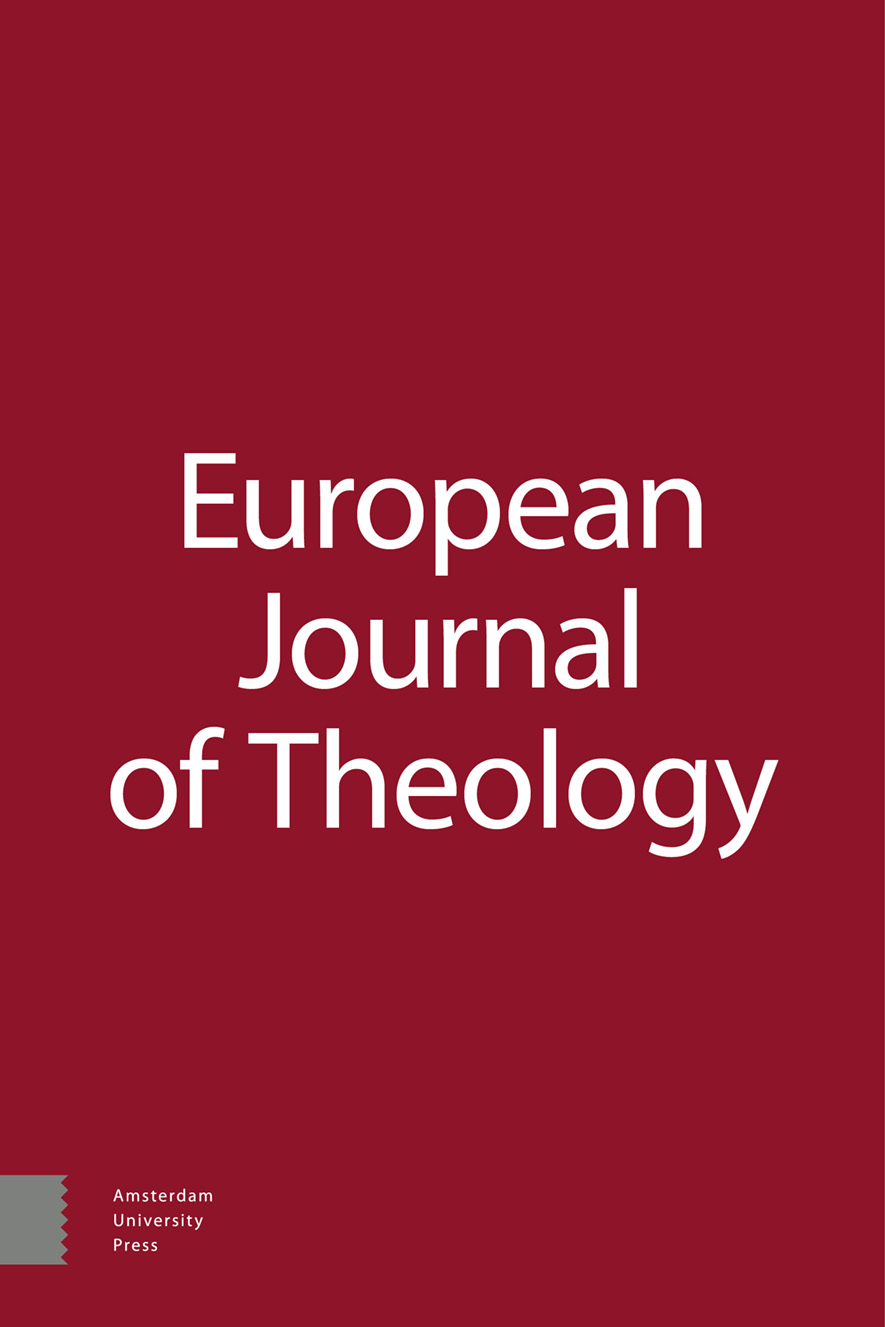-
oa The Malady of the Christian Body: A Theological Exposition of Paul’s First Letter to the Corinthians, Volume 1; The Therapy of the Christian Body: A Theological Exposition of Paul’s First Letter to the Corinthians, Volume 2
- Amsterdam University Press
- Source: European Journal of Theology, Volume 28, Issue 2, Dec 2020, p. 191 - 193
-
- 01 Dec 2020
Abstract
Summary
First Corinthians is a letter that deals with many issues concerning living in a Christian community, and therefore a promising guide for matters that concern churches today. As the title of the two-volume work indicates the body metaphor is seen as characteristic for the apostle’s vision. The authors engage in a fruitful dialogue with the letter, even though its historical background could have received more attention, just like the function of the chapters on cross and resurrection. But of course the intention of the writers was a theological commentary with ecclesiology as its centre.
RÉSUMÉ
La première épître aux Corinthiens aborde de nombreuses questions relatives à la vie d’une communauté chrétienne et constitue donc un guide prometteur pour bien des problèmes que les Églises rencontrent aujourd’hui. Comme l’indique le titre des deux volumes, la métaphore du corps est considérée comme caractéristique de la vision de l’apôtre. Les auteurs entrent en dialogue avec la lettre de manière fructueuse, même si l’on peut regretter que l’arrière-plan historique n’ait pas reçu plus d’attention, ainsi que la fonction des chapitres sur la croix et la résurrection. Mais l’intention des auteurs était de réaliser un commentaire théologique centré sur l’ecclésiologie.
Zusammenfassung
Der erste Korintherbrief befasst sich mit vielen Anliegen, die das Leben in einer christlichen Gemeinschaft betreffen, und ist daher ein verheißungsvoller Leitfaden bei Fragen, die Gemeinden von heute haben. Wie dem Titel des zweibändigen Werkes zu entnehmen ist, wird die Leibmetapher als charakteristisch für die Sicht des Apostels angesehen. Die Autoren begeben sich in einen fruchtbaren Dialog mit dem Brief, auch wenn dessen historischer Hintergrund mehr Aufmerksamkeit erhalten haben könnte; dies gilt auch für die Kapitel über Kreuz und Auferstehung, Doch natürlich lag die Absicht der Autoren in einem theologischen Kommentar mit Ekklesiologie als dessen Herzstück.


